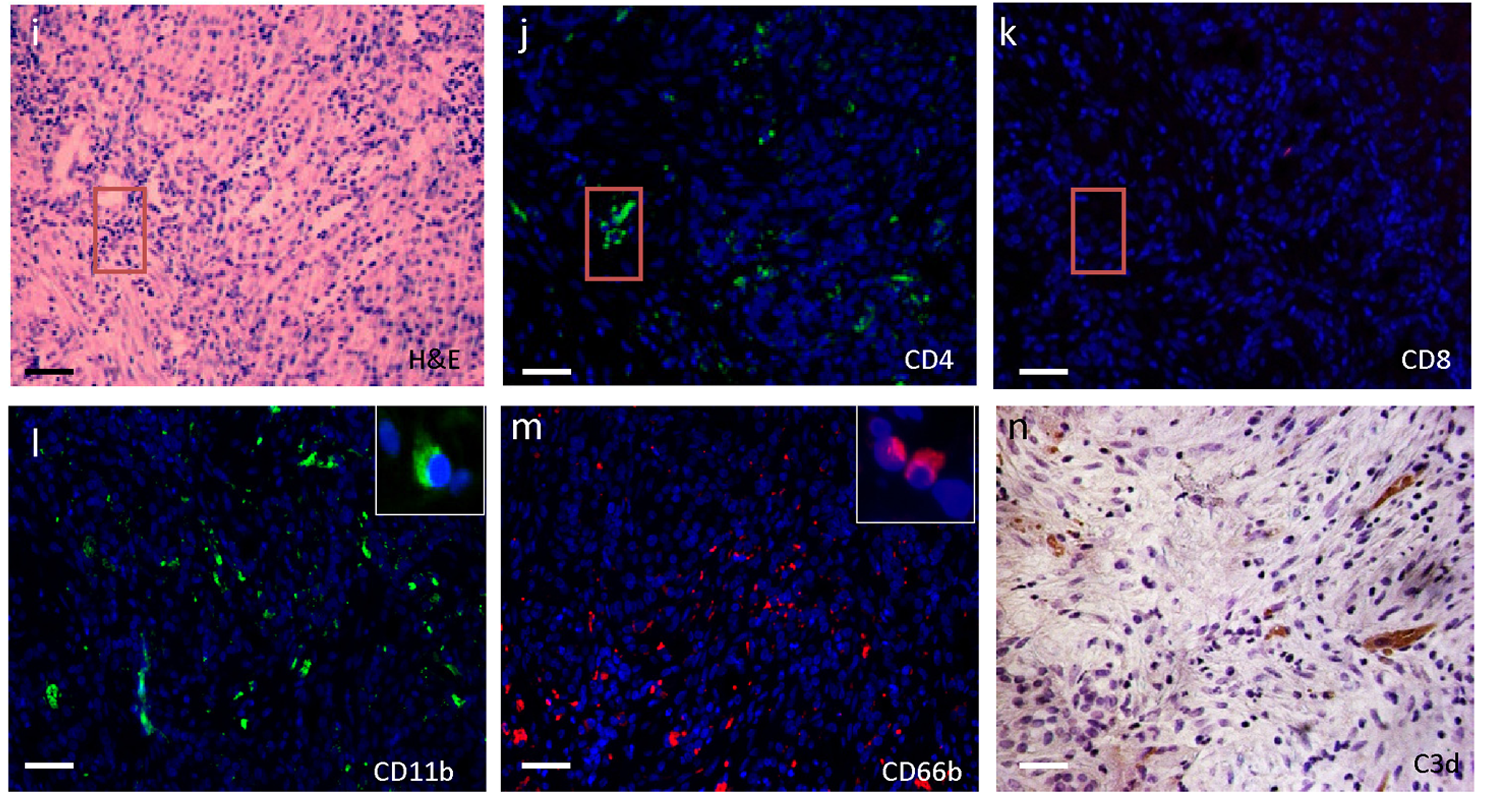
Cat. #162074
Coming soon HCI-006 PDX
Cat. #: 162074
Cancer Type: Breast Cancer
Cancer Sub-type: Multifocal Breast Carcinoma (Infiltrating Ductal Carcinoma and Ductal carcinoma in situ)
This fee is applicable only for non-profit organisations. If you are a for-profit organisation or a researcher working on commercially-sponsored academic research, you will need to contact our licensing team for a commercial use license.
Contributor
Inventor: Alana L Welm, Yi-Chun Lin, Yoko Sakata DeRose
Institute: The University of Utah Research Foundation
Primary Citation: Guillen, et al. 2022. Nature Cancer. Feb; 3(2):232-250. PMID: 35221341
Tool Details
*FOR RESEARCH USE ONLY
- Research area: Breast Cancer
- Description: Please register your interest through the enquiry button (quote not currently available)
Human breast cancer-derived xenograft that retains high fidelity to original tumour and provides valuable resources for drug discovery and precision oncology. This panel of Patient Derived Xenografts provide models for some of the deadliest forms of breast cancer including drug-resistant, metastatic tumours, and endocrine-resistant estrogen receptor-positive (ER+) and HER2+ tumours.
Sample collected from same donor as HCI-005 and taken in 2009 from pleural effusion of Caucasian female, age 52 at time of collection with a primary diagnosis of mixed multicentric disease; IDC; and DCIS; 2001. Patient had no history of smoking, with clinical metastasis to lung and bone. Patient had undergone radiation therapy of breast (2001), spine (2005), and right hip (2007) and had the following systemic treatment priror to sample collection: doxorubicin+cylophosphamide (2001), tamoxifen (2001-2005), letrazole (2005-2006), zolendronic acid (2005-2010), fulvestrant (2006), capecitabine (2006-2008), exemestane (2008), trastuzumab (2008), vinorebline (2008), paclitaxel (2008-2009), and 1 dose of docetaxel (2009). Patient characteristics were as follows - ER status: positive, PR status: positive, HER2 status: primary tumour was positive and amiplified. PDX characteristics were ER positive, PR positive, and HER2 not tested. PDX information: PAM50 subtype is luminal B, PTEN positive by IHC, and shows metastasis to lung, lymph node, and peritoneum.
Patient Details
- Cancer type: Breast Cancer
- Cancer subtype: Multifocal Breast Carcinoma (Infiltrating Ductal Carcinoma and Ductal carcinoma in situ)
- Biopsy site: Pleural Effusion Fluid
- Gender: Female
- Patient ethnicity: Caucasian
- Treatment history: Pretreated: Patient had undergone radiation therapy of breast (2001), spine (2005), and right hip (2007) and had the following systemic treatment priror to sample collection: doxorubicin+cylophosphamide (2001), tamoxifen (2001-2005), letrazole (2005-2006), zolendronic acid (2005-2010), fulvestrant (2006), capecitabine (2006-2008), exemestane (2008), trastuzumab (2008), vinorebline (2008), paclitaxel (2008-2009), and 1 dose of docetaxel (2009)
Engraftment Details
- Mice passaged: Yes
- Engraftment site: Cleared mammary fat pad
- Sample type: Suspension in Matrigel
- Host strain: Immunocompromised mice NOD scid gamma (NSG) Jackson Laboratory 5557; NOD/scid, Jackson Laboratory 1303 or NOD rag gamma (NRG), Jackson Laboratory 7799
- Histology: PAM50 subtype Luminal B
- Production details: Fresh or thawed human breast tumour fragments were implanted into the cleared inguinal mammary fat pad of female Immune-compromised mice. For bone metastasis samples, bone fragments were coimplanted. For liquid specimens, pleural effusion, or ascites fluid, 1-2 milion cells were injected into cleared mammary fat pads in Matrigel. For ER+ tumours, mice were dosed with E2 beeswax pellets and given supplemental E2 via drinking water. When tumours reached 1-2 cm in diameter, tumours were aseptically collected and reimplanted into new m ice or banked. Estrogen-independent ER+ breast PDX models were generated when ER+ PDX tumours were transplated into overiectomized mice without E2 supplementation.
Handling
- Initial handling information: Implant into the cleared inguinal mammary fat pad of female Immune-compromised mice (NOD.SCID). This is an ER+ tumour. Time to grow to 1cm: 6 months
- Additional notes: Additional Information on PDX establishment: https://www.nature.com/articles/s43018-022-00337-6/figures/9
Application Details
- Genetic data: Whole exome sequencing, SNP array, CNV data and RNA sequence from Guillen et al. 2022 Nature Cancer, is available in NIH database dbGaP under accession number phs002479.v1.p1
References
- Tufail, et al. 2024. Journal of Translational Med. Jan 3:22(1):15. PMID: 38172946
- Bhattacharya, et al. 2023. Journal of Experimental & Clinical Cancer Research. Dec 16:42(1):343. PMID: 38102637
- Prekovic, et al. 2023. EMBO Molecular Medicine. Dec 7:15(12):e17737. PMID: 37902007
- Daneshdoust, et al. 2023. Cells. Sep 30:12(19):2338. PMID: 37830602
- Wang, et al. 2023. Cell Bioscience. Dec 1:13(1):224. PMID: 38041134
- Guillen, et al. 2022. Nature Cancer. Feb 3(2):232-250. PMID: 35221346




